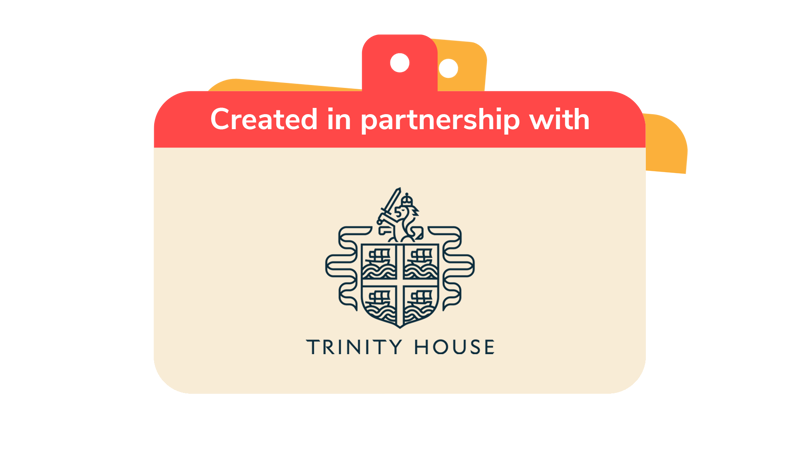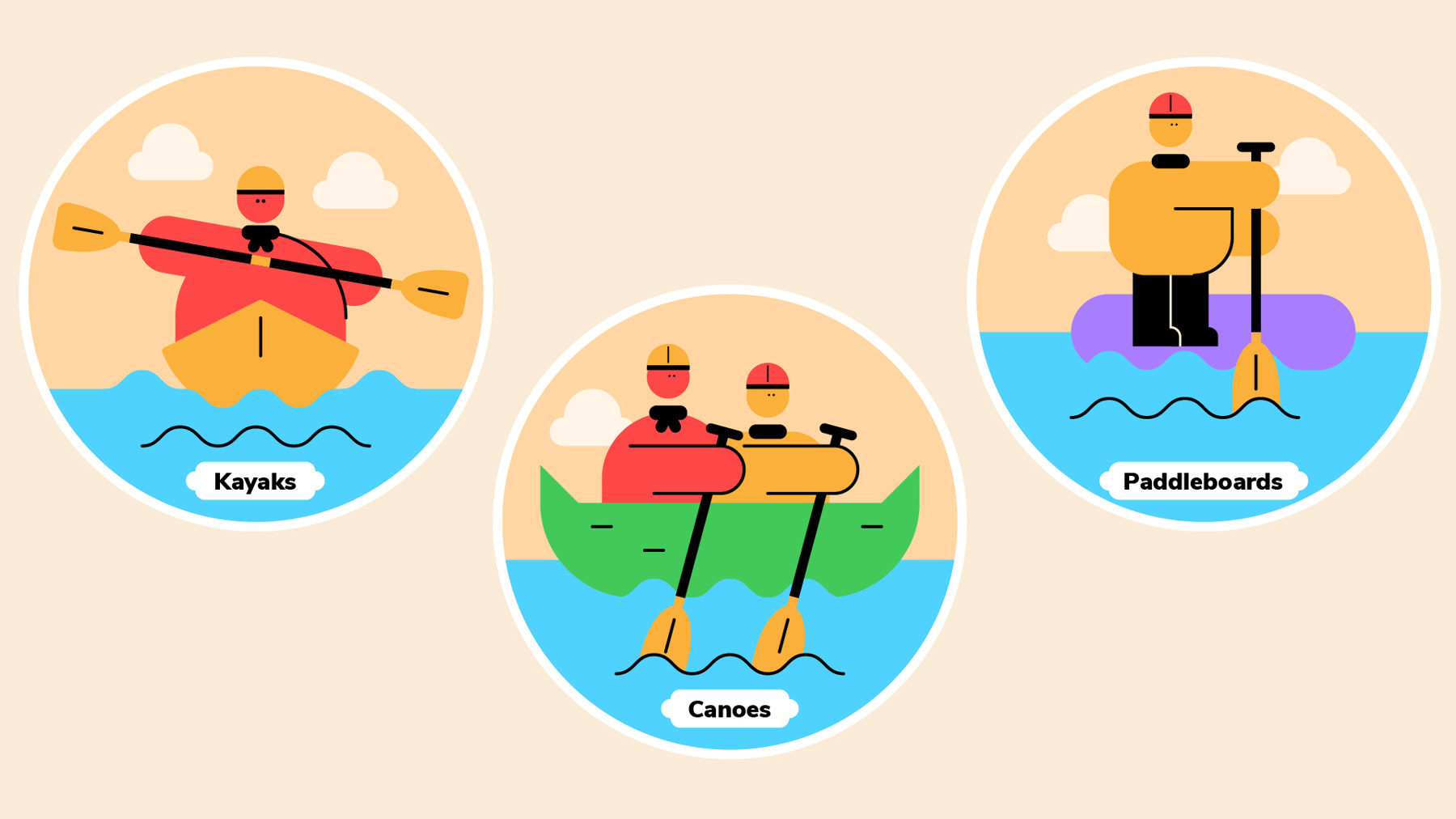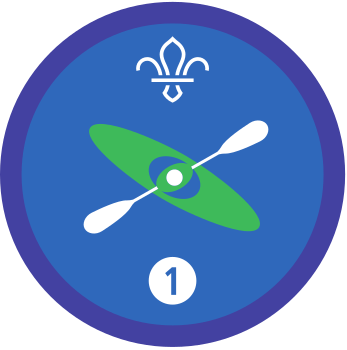
Paddle power
You’ll need
- A wide, flat area to run around in

Explain the rules
- Everyone should find a space, big enough so they aren’t touching anyone else when they stretch out their arms. They’re going to pretend to be paddling different types of watercraft so they’ll be doing some big paddling motions.
- This game is about warming up muscles, so everyone should think about whether they need to warm up before doing a paddle sport, and why it’s important – what might happen if people don’t warm up?
- During the game, one person will call out the names of different types of paddlecraft. Each one is paddled differently, which means they have different motions. Everyone should be careful to do the right paddling motion or their craft might sink! There are three paddle craft in this game:
-
- Kayaks. These are propelled with a double-bladed paddle, which means miming a paddling motion on both sides.
- Canoes. These are propelled with a single-bladed paddle, which means miming a paddling motion only on one side.
- Paddleboards. These are propelled with a single-bladed paddle whilst standing up, which means miming balancing on a board and paddling on one side.
- We don’t always paddle a craft in a straight line. There are also turning instructions that everyone needs to listen out for. There are four direction instructions in this game:
-
- Forward paddle. Mime putting the blade of the paddle in the water in front of the paddlecraft, then pulling it back. Everyone should walk forwards while doing this, being careful not to bump into anyone.
- Reverse paddle. Mime putting the blade of the paddle in the water behind the paddlecraft, then pulling it forwards. Everyone should walk backwards while doing this, looking backwards and being careful not to bump into anyone.
- Turn left. Turning involves paddling on the opposite side to the way you want to turn. Mime putting the blade of the paddle far out in front of you on the right side of your craft, and pull the paddle backwards, making a wide semi-circle.
- Turn right. Mime putting the blade of the paddle far out in front of you on the left side of your craft, and pull the paddle backwards, making a wide semi-circle.
Play the game
- Choose one person to call out the actions. To make sure everyone gets warmed up, different people should take it in turns to call out the actions throughout the game.
- The caller should shout out the names of the paddlecraft so everyone gets used to their mimes. Then, everyone should try some of the direction instructions, starting easy and getting harder. The caller should leave at least 10 seconds between different actions.
- Add in some extra instructions as the game goes on:
-
- Tandem canoe. Everyone should get into a pair and sit down, one in front of the other, miming canoeing.
- Kneeling paddleboards. Everyone should kneel down and mime paddling on one side.
- Stop. Everyone should stand still, miming holding their paddles still on either their left or right.
- Port. Everyone should paddle towards the left side of the playing space.
- Starboard. Everyone should paddle towards the right side of the playing space.
- Bow. Everyone should paddle towards the front of the playing space.
- Stern. Everyone should turn their paddlecrafts around and paddle towards the back of the playing space.
Cool down
- Once the game is finished, everyone should find a space again.
- A new caller should lead some stretches to help increase flexibility and to protect the muscles that have just been warmed up. Stretches should cover the whole body, especially the shoulders, wrists and back.
Reflection
This game helped you to look after your body by being active. As the players are warming down, ask them about how they are feeling, both physically and emotionally. Talk about the importance of warming up the muscles needed for an adventurous activity, and what the impact could be if you don’t warm up. Why is it important to warm up your muscles before you start an adventurous activity? What could happen if you don’t warm up? Do you think warming up with this game helped prepare you for paddling a real craft? Do you feel looser and more flexible?
This game also helped you think about your wellbeing. Why was it a good idea to practice paddling before you gave paddle sports a go? Why was it important to be careful, for example, by looking backwards when reversing? Why is it important to be aware of your surroundings when on the water?
Safety
All activities must be safely managed. You must complete a thorough risk assessment and take appropriate steps to reduce risk. Use the safety checklist to help you plan and risk assess your activity. Always get approval for the activity, and have suitable supervision and an InTouch process.
- Active games
The game area should be free of hazards. Explain the rules of the game clearly and have a clear way to communicate that the game must stop when needed. Take a look at our guidance on running active games safely.
- Near water
Manage groups carefully when near water. The guidance on activities near water will help you to keep your group safe.
- Introduce new actions as people are ready – you don’t have to do them all at once.
- If participants have never paddled a real paddlecraft before, it’s a good idea to practice the actions before the game begins. Make sure to fully explain and practice the commands for turning left and right.
- If anyone’s not familiar with the different names for the sides of a boat (port, starboard, stern, bow), stick these words up to label the different sides of the playing space.
If anyone has any mobility needs, adjust the actions to work for them. People could do them sitting down, for example.
All Scout activities should be inclusive and accessible.
